Choosing a siphon for an air conditioner
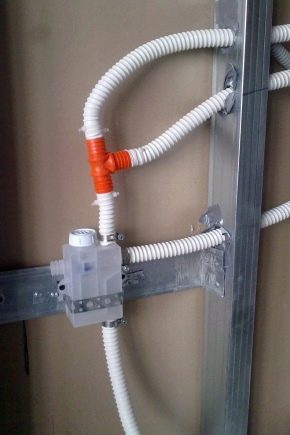
Split systems have become part of the everyday life of a modern person and are widely used both for cooling premises and for heating them. However, the ease of use of the appliance and the internal comfort are overshadowed by the release of a large amount of condensation, which, if not properly drained, causes enormous damage to the facades of buildings. A simple drainage device - a siphon, which provides a competent drainage of moisture, will help to save the walls from destruction.
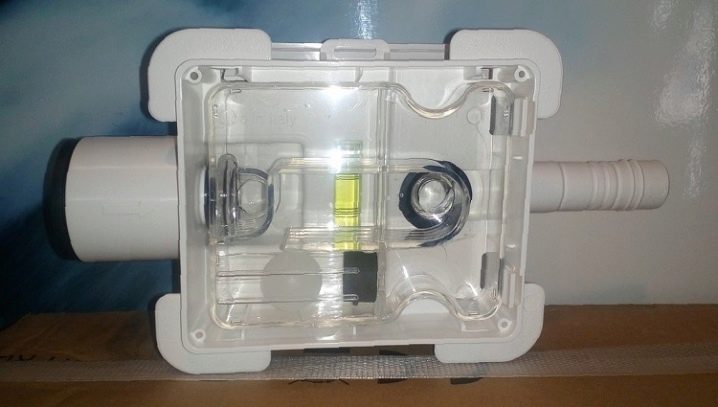
Purpose
The split system siphon is a special device that connects the condensate outlet pipe to the sewer system. The main purpose of the device is to drain moisture from the air conditioner into drainage lines and to protect the premises from the unpleasant odor of sewage. What's more, the use of a siphon provides aesthetics to the exterior of buildings by preventing water from flowing onto walls and sidewalks. At the same time, along with the aesthetic component, there is also a practical one.
So, the water dripping from the outlet pipe forms puddles and unnecessarily moisturizes the blind areas of houses. This, in turn, negatively affects the foundation and eventually leads to its destruction. In winter, air conditioners that are not equipped with a siphon run the risk of failure due to freezing of condensate inside the drain pipe.
In addition, downstairs neighbors are likely to oppose the knock of constantly dripping water and may legitimately demand that the cause of the sound be eliminated.
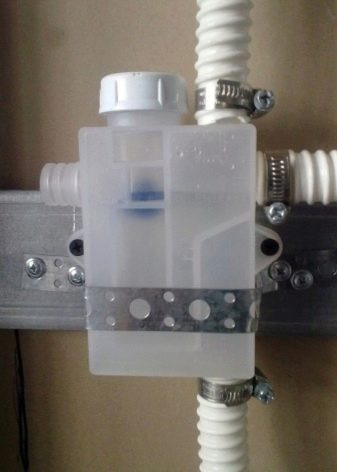
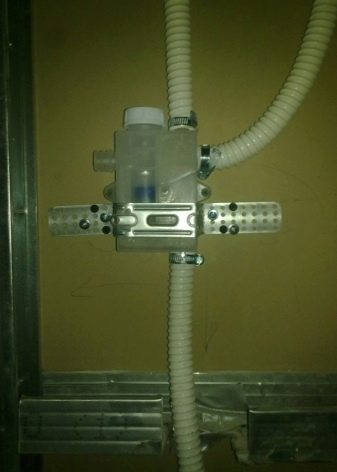
Principle of operation
Structurally, siphons for air conditioners are similar to conventional plumbing devices: they also have an inlet and outlet bell, and the inner tubes are connected to each other by a zigzag element - a knee.
The principle of operation of those and other devices is also the same, and consists in the following: the condensate formed during the operation of the split system, through a special outlet pipe goes into the siphon and begins to accumulate there. After the liquid level rises above the upper point of the knee, water begins to flow out of the siphon through the outlet pipe and go into the sewer. At the same time, the water plug located in the knee prevents the sewer odor from entering the room, creating a water seal. In other words, air masses and liquid can move through the siphon in only one direction, while the device acts as a check valve. The flow of water into the siphon occurs continuously, which is why it does not stagnate and does not emit an unpleasant odor.
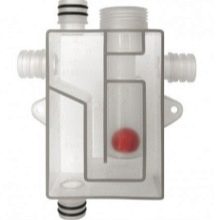
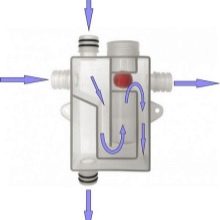

Types and their characteristics
Siphons for air conditioners are classified according to two criteria: by the type of construction and by the method of liquid drainage. According to the first criterion, 4 types of devices are distinguished.
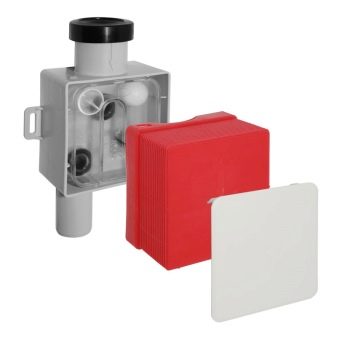
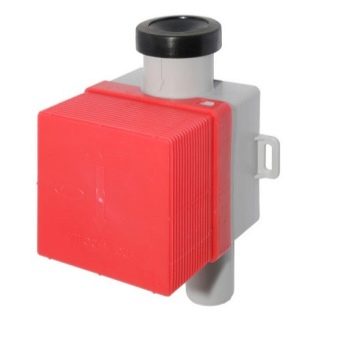
Siphon with odor trap
The device has a classic U-shaped design and consists of 2 tubes connected by a knee. A layer of water is constantly present in the knee, providing a water seal effect. The advantages of such a siphon are simplicity of design, large outlet diameter of 40 mm, low cost and transparent design of the tubes, which allows you to visually control the liquid level. The disadvantages include some cumbersomeness of the device and the risk of fungus and mold multiplying in it, which, over time, can transfer to the split system itself.
With infrequent use of the split system, the water in the knee begins to dry out, and the siphon becomes a source of unpleasant odors. To prevent such situations, for example, a washing machine is additionally connected to the siphon, due to which the water seal is regularly replenished. The optimal fluid height in the knee is 140-320 mm.
When the condensate level drops below this mark, the device needs a backup make-up.
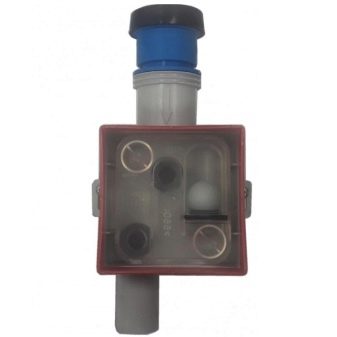

Siphon with odor trap equipped with an odor seal valve
Structurally, the model resembles the previous one, however, it is additionally equipped with a small valve made in the form of a ball and limiting the spread of unpleasant odors from the body. The valve works only in one direction, freely passing water and air to the sewer system and blocking their reverse movement. The principle of operation of such a siphon is as follows: under the influence of the pressure of water, the ball rises up and provides a free flow of liquid into the sewer. When the flow is weakened, the ball lowers due to its own weight and closes the branch pipe. Ball models are additionally equipped with a dirt collection chamber, in which solid particles are collected, washed out from the nozzles by condensate.
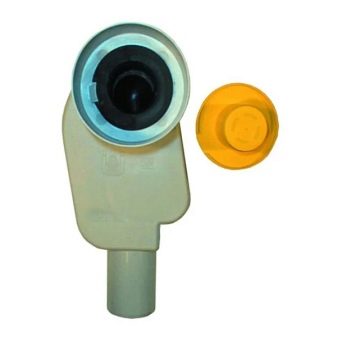
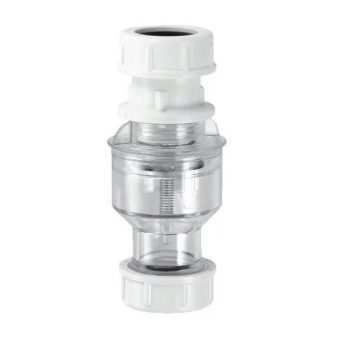
Concealed trap
A feature of this type is the presence of a plastic box in which the device is located. The pipes for supplying and draining the liquid are suitable for the box, and the siphon itself has a float type design with a ball odor-locking valve. The model assumes vertical recessed mounting and is installed in the wall. The siphon body often has a transparent design, which facilitates visual inspection of the odor trap. Moreover, the cassette-siphon can be freely removed from the box and, if necessary, cleaned of dirt.
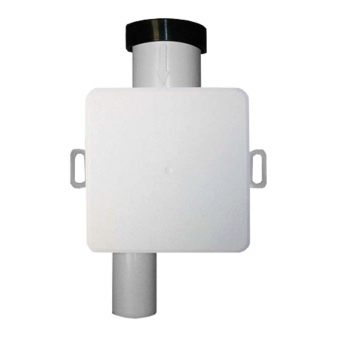
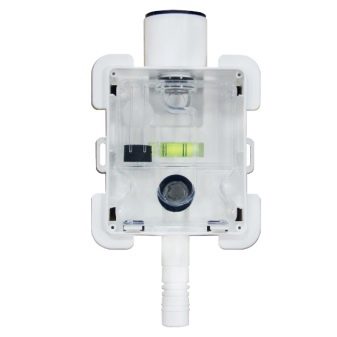
Dry siphon for ventilation and air conditioning systems
Installed in cases where it is not possible to connect a traditional device. The device is equipped with a rubber tube that perfectly suppresses the spread of unpleasant odors. The passage of condensate occurs according to the drip principle: when the water advances, the valve opens and then shrinks again. Dry siphons are used in combination with straight adapters and funnels.
The advantages of dry siphons are the absence of the risk of freezing, evaporation of condensate and breakdown of the hydraulic seal. In addition, unlike traditional models, such samples do not need constant replenishment of condensate and regular maintenance, and they are also not prone to mold and mildew formation. Dry siphons are compact and non-clogging, and the drip principle ensures high flow rates. The latter property is due to the absence of knees and direct flow of fluid.
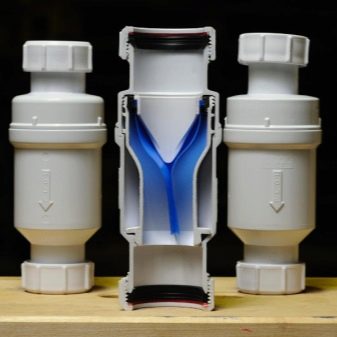
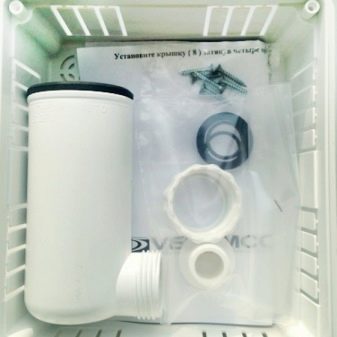
According to the second classification criterion - the way of liquid discharge, siphons can be vertical, horizontal and combined. Vertical drainage is typical for models with hydraulic seals, while dry samples can drain liquid in a horizontal or combined way.
In a separate category, it is worth highlighting siphons with a jet gap. This system provides for a break in the condensate flow, which becomes possible between the outlet pipe, from which the condensate drains, and the intake pipe. In other words, there is no direct contact between the supplied liquid and the water seal. Water from a height of 2-3 cm drips into the funnel, where it enters the water seal, and when it overflows, it goes into the sewerage system. This prevents the penetration of microbes from the sewer pipe into the room and allows several pipes to discharge liquid to be brought to one funnel.

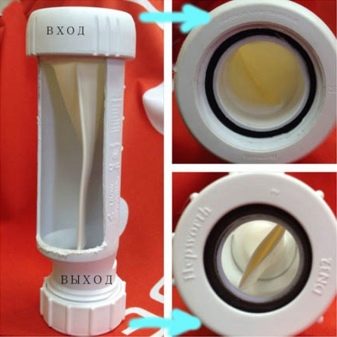
Criterias of choice
When choosing a siphon for an air conditioner, it is necessary to take into account a number of important points. First of all, it is necessary to designate the area for mounting the device and determine its dimensions.If the room allows, then it is better to purchase a siphon built into the wall: it will not clutter up the space, but at the same time, direct access to the device will always be open. It is also necessary to pay attention to the throughput of the siphon and, when buying, compare it with the volume of condensate of a particular air conditioner.
Otherwise, it may turn out that a small siphon with low flow capacity will not be able to serve a powerful split system. If the operation of the air conditioner will be seasonal and periodic, then it is more advisable to purchase a dry siphon.
Such a model does not need control and maintenance, and even in the event of a long downtime, it will not let the smell of the sewer into the house.
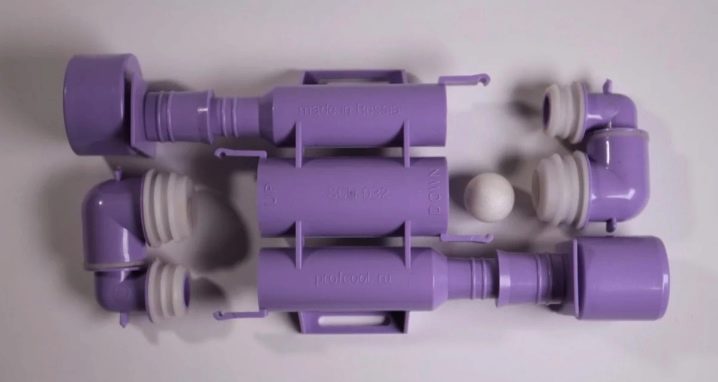
For information on how to install a siphon from the air conditioner into the sewer for drainage, see the video below.













The comment was sent successfully.